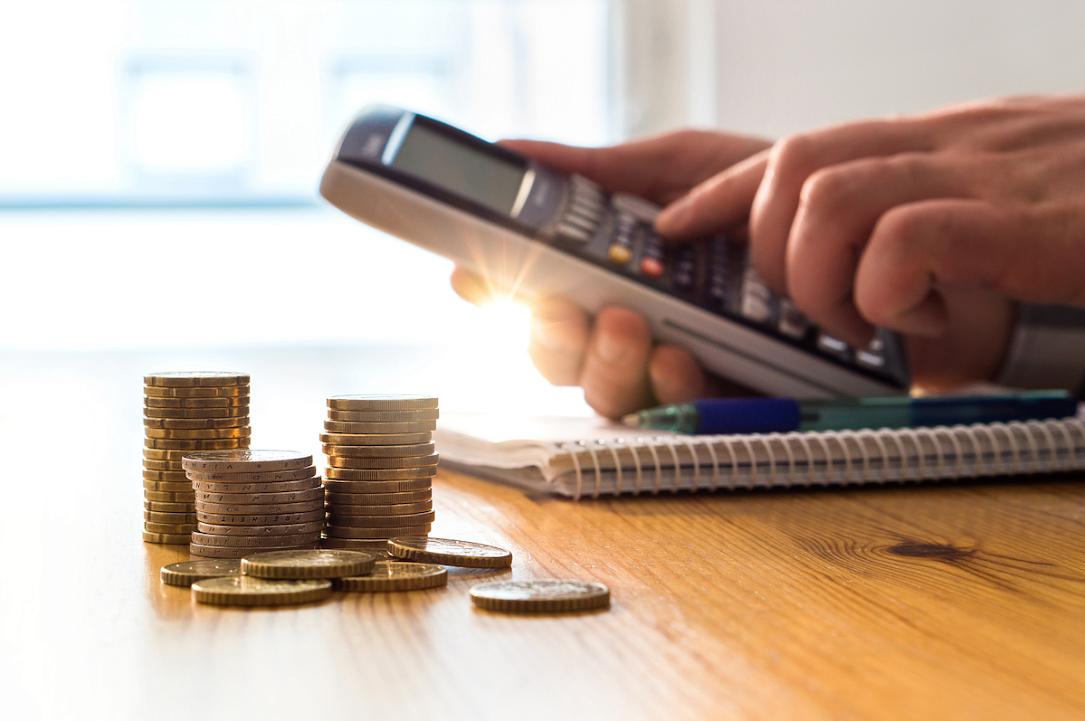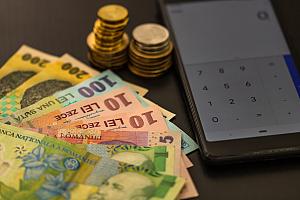Households' consumption in Romania returns to pre-COVID levels

The households' consumption expenditure in Romania increased to 67.1% of GDP in Q1, the highest level since Q1 2020, and 63.6% in Q2 – 2.3 percentage points (pp) up from the same quarter last year, according to data published by the statistics office INS.
The share has recovered from the lower readings seen during the COVID-19 crisis and the first years of war in Ukraine but is not particularly high compared to the past decade. Significantly higher shares (some 5pp higher levels) were seen before the 2008 crisis.
The higher private consumption levels can be attributed to the recovery in the wage share in 2024, but it's not necessarily the sole driver for the rise in imports, which some analysts see as unsustainable.
The strengthening of local currency over the past years (steady nominal exchange rate despite wide inflation differential versus the euro area) might have also contributed to households' preference for foreign goods that are now more affordable.
Furthermore, the imports of goods and services as a share of GP are actually decreasing against the general intuition given by the high-frequency foreign trade data (expressed in euros). Thus, the import-to-GDP ratio dropped to 44.8% in Q2 from 46.3% in Q2 2023 and 52.1% in Q2 2022.
Indeed, the Q2 2022 reading reflects the emergence of war in Ukraine, but the import-to-GDP ratio was 46.8% in Q2 2019 – 2 pp above the ratio seen in Q2 this year.
iulian@romania-insider.com
(Photo source: Tero Vesalainen/Dreamstime.com)













